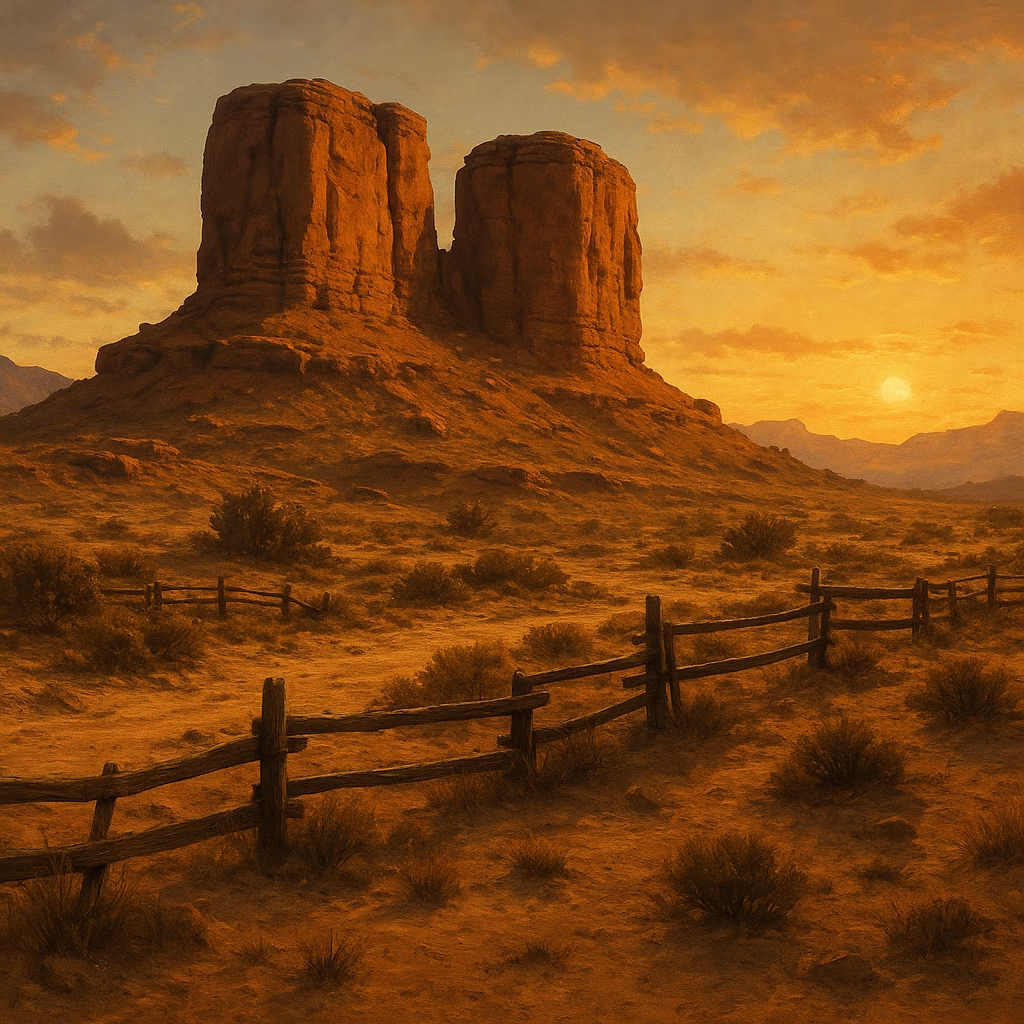As I reflect in the year 2025, the boundary between the flickering images of cinema and the immersive worlds of video games has dissolved into a seamless dreamscape, where I no longer just play but feel myself transported into living, breathing epics that unfold before my very eyes. It all started years ago when I first noticed how controllers would slip from my hands, replaced by the sheer awe of watching stories unravel with minimal input—moments when graphics bleed into reality, voice actors breathe life into pixels, and lengthy cutscenes become my personal theatre, evoking emotions deeper than any Hollywood blockbuster ever could. Now, as I journey back through these digital realms, I realize that gaming isn't about winning or losing; it's about surrendering to the artistry, letting the screen whisper secrets to my soul. 😊
I remember wandering through the ruins of Horizon Zero Dawn, where Aloy's quest felt less like a game and more like a sci-fi odyssey I was privileged to witness. Those slow, underground explorations—oh, how they captivated me! The bunkers whispered tales of a forgotten world, with Lance Reddick's voice echoing like a phantom in the shadows, guiding me through revelations that left me breathless.  In those moments, I was merely an observer, my fingers resting idle as the visuals painted a canvas so rich, I could almost taste the dust of centuries past. And then, shifting gears to Final Fantasy 16, I was swept into a Game of Thrones-esque saga that demanded my patience. Hours melted away in cutscenes where control was wrested from me, forcing me to absorb the grandeur—epic battles unfolded with dazzling choreography, yet my role was often passive, a spectator to the drama. It taught me that sometimes, the most profound stories are told when we stop trying to steer and simply watch the storm rage.
In those moments, I was merely an observer, my fingers resting idle as the visuals painted a canvas so rich, I could almost taste the dust of centuries past. And then, shifting gears to Final Fantasy 16, I was swept into a Game of Thrones-esque saga that demanded my patience. Hours melted away in cutscenes where control was wrested from me, forcing me to absorb the grandeur—epic battles unfolded with dazzling choreography, yet my role was often passive, a spectator to the drama. It taught me that sometimes, the most profound stories are told when we stop trying to steer and simply watch the storm rage.
Transitioning to the raw humanity of The Last of Us Part 2, I was struck by how it blurred reality itself. Those facial animations! Unreal doesn't begin to describe it—Ellie's expressions conveyed every ounce of pain and fury, leaving the uncanny valley far behind. I recall long rides through desolate landscapes, where I'd set down my controller and just soak in the silence, the music swelling like a mournful hymn. It wasn't about gameplay; it was about feeling every heartbeat of a world in chaos, a reminder that games can be brutal, beautiful mirrors of our own fragility. Similarly, God of War's quiet intensity pulled me in from the first forest walk with Atreus. Kratos's journey felt like a cinematic masterpiece in slow motion, with the fight against Baldur exploding in a symphony of violence that left me speechless. Those guided segments were meditative pauses, where the atmosphere seeped into my bones, proving that less control can mean more immersion.
Diving deeper into Red Dead Redemption 2, I embraced the role of a passenger in the Old West. Horse rides stretched for minutes on end—no action, just the hypnotic rhythm of hooves and a score that strummed my emotions like a guitar string. It constantly stole my agency to weave a tale so vivid, I forgot I was holding a controller at all. Then, Baldur's Gate 3's intricate dialogues unfolded like a stage play where I was both director and audience; I'd watch with a grin as characters sparred verbally, their words painting worlds richer than any battle. And Star Wars: Jedi Survivor reignited my love for lightsabers—those duels! Pure spectacle, with Vader's presence looming like a shadow, all while cutscenes spun a tale worthy of the silver screen.
But nothing compares to the haunting beauty of Hellblade: Senua's Sacrifice. In 2025, it still stands as a beacon of what games can achieve—a work of art that redefined immersion for me. The graphics, the sound design, the absence of UI—it all combined to create an experience that felt less like playing and more like dreaming. I wandered through Senua's tormented mind, puzzles and combat dissolving into pure cinema, a testament to how games can ascend to high art. Reflecting on these, I see a common thread: they all dared to strip away control, inviting me to simply be. Here's a quick glance at why these games resonate so deeply:
-
Key elements that make them cinematic:
-
Lengthy cutscenes that unfold like movie scenes 🎬
-
Limited control segments forcing observation over action
-
Stellar voice acting and realistic animations bridging the gap to film
-
Atmospheric moments where gameplay pauses for storytelling
| Game | Cinematic Highlight | My Personal Takeaway |
|---|---|---|
| Horizon Zero Dawn | Underground explorations with Lance Reddick | Felt like uncovering a sci-fi mystery novel |
| The Last of Us Part 2 | Facial animations and emotional depth | A brutal, unflinching mirror to human resilience 😢 |
| Hellblade | Immersive sound and visual design | Redefined gaming as a meditative art form |
In this ever-evolving landscape of 2025, where games continue to push boundaries, I urge you—yes, you—to step into these worlds yourself. Don't just play; let go, watch, and feel the stories wash over you like a tide. Share your own cinematic moments with friends, or better yet, replay one tonight and rediscover the magic. The journey awaits. 🌟
Comments